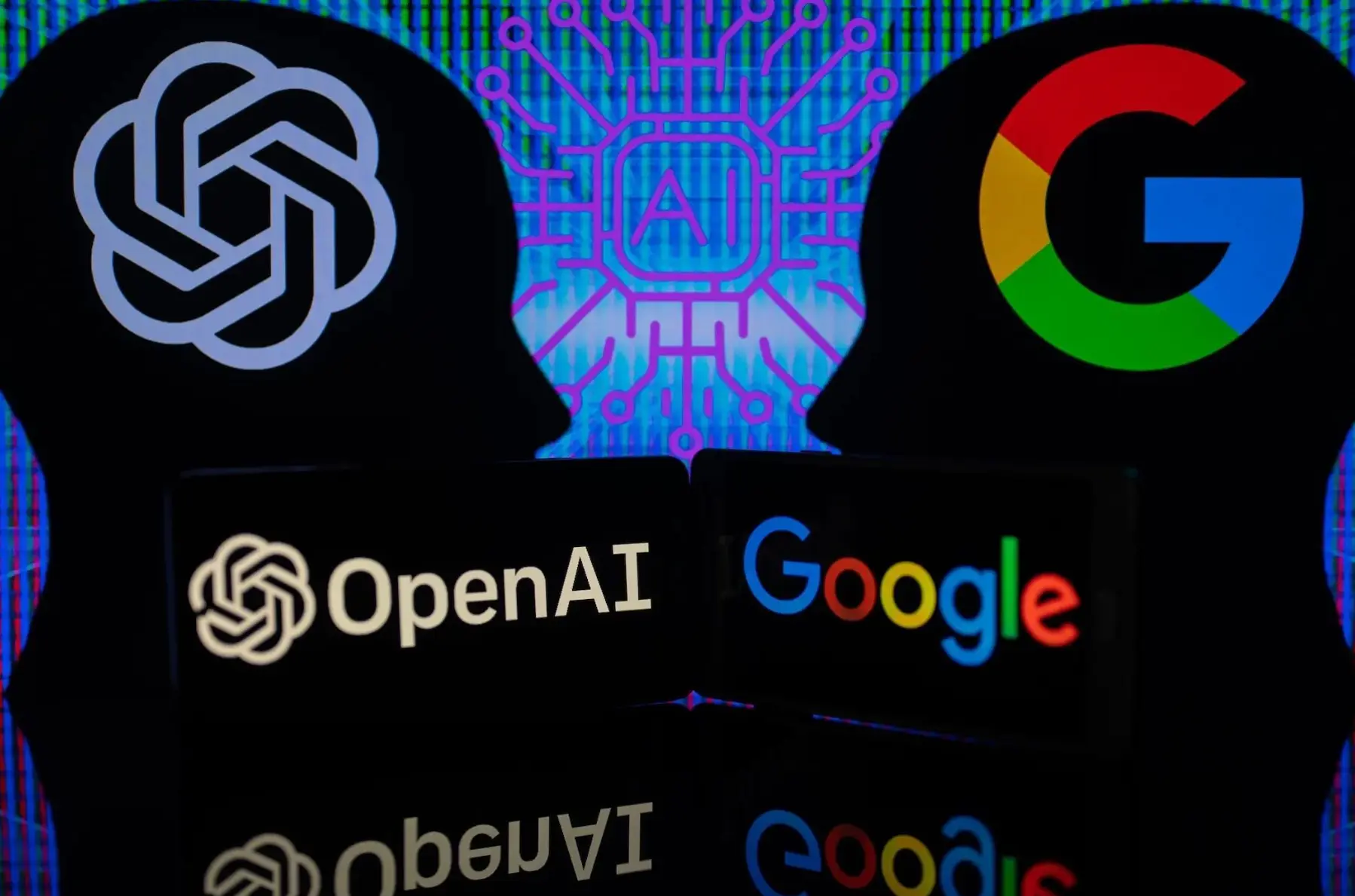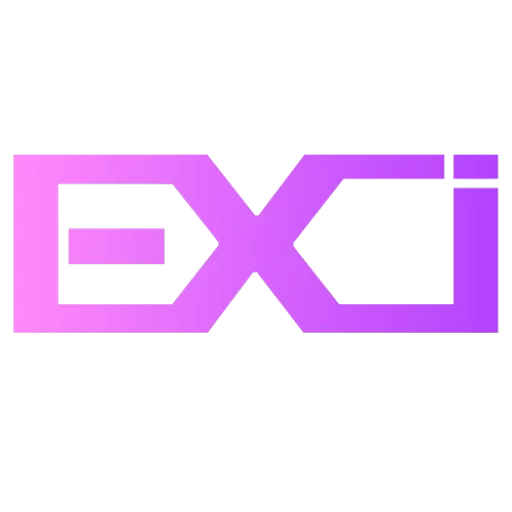What is Google Bard and How to Use it?

OpenAI’s ChatGPT was launched in late 2022 and boy it took the world by storm. The powerful and conversational artificial intelligence LLM (large language model) could generate fluent highly accurate responses and create innovative content.
Several large tech companies followed suit and developed their own models like Bard, Claude, and Bing Chat.
What is Google Bard?
Google Bard— a text prompt-based AI chatbot similar to ChatGPT was released in 2023 as an experiment-based language model. With over 140+ million users every month, Bard has been trained on a massive dataset and can access the internet for leverage to provide the latest content.
Bard is available in over 180 countries and supports 43 languages so you can enjoy instant human-like responses with a single click. Similar to most AI chatbots, Bard can answer queries, solve math problems, code any language, and assist with writing needs.
How Does Google Bard Work?
Google Bard is powered by Google’s very own Large Language Model (LLM) PaLM 2 unleashed by Google I/O 2023–a more advanced version of PaLM launched in April 2022 that has accentuated the efficiency and performance of Bard. Bard is trained on 540 billion parameters which enhances its capacity to learn more data.
Before PaLM, Google used LaMDA built on a transformer, Google neural network architecture that demands less computer power and could be accessed by more users. LaMDA was invented and open-sourced in 2017, trained on just 175 billion parameters as compared to PaLM 2–Bard’s newest language model.
The Features of Google Bard
- Can retrieve information: Bard can access and process information from the real world via Google search results to serve piping-hot information to keep the responses more accurate.

- Generates natural language: It can generate creative and innovative text formats such as poems, snippets, emails, lyrics, codes, and much more.
For instance, I have asked Bard to write me a follow-up email regarding a product service.
Prompt: write a follow-up email for a product service
My prompt is succinct but you could add more description regarding the type of email and objective you desire.

- Translate language: It can translate content and interact with over 40 languages from Hindi, Japanese, and Cantonese to Spanish, Korean, and French.

- Process image: Bard can process images and comprehend them but not just that, it can also suggest relevant images with the text it presents.
- Speech to text: Bard has an available feature of talking into the microphone and converting speech to text form. You can easily converse while it does the job for you.
- Synchronization with other Google products: Bard is integrated with several other Google products, especially Google spreadsheet so you can craft and export tables and datasets directly to the spreadsheet.
- Personalized Chatbot: You can personalize the style of chatbot responses like simple, creative, professional, or casual, based on your preferences and even choose the best answer from the three drafts for the same response.
How to use Google Bard?
Getting your hands on Google Bard is much simpler than it seems and the best part? It’s absolutely free! Keep one thing in mind you need a Google account to access this AI model and the rest is smooth.
- Go to https://bard.google.com/
- Sign in to your Google account
- Earlier you had to access Bard by clicking on “Join waitlist” and wait a day or 2, but the good news is you can instantly join it.
- You’ll be granted access to the top-rated chatbot
- Just type in any prompt you like for example: Tell me a joke
Bard currently doesn’t have an app so you might have to access it via a browser on your phone or laptop.
How Accurate is Bard?
With a 63% accuracy rating, Google’s Bard AI bot is still under development and could create sentences that are factually incorrect or repetitious. The bot generated inaccurate data.
For instance, it stated that the James Webb telescope captured the first image of an exoplanet, however, the image had already been captured in 2004.
Google CEO Sundar Pichai called Bard “a souped-up Civic” compared to ChatGPT and Bing Chat. He said
“I feel like we took a souped-up Civic and kind of put it in a race with more powerful cars.”
Exploreit has personally tested Bard and it isn’t accurate enough. The bot may present inaccurate facts, figures, stats, and event examples so it’s better to verify with Google’s official browser before acknowledging it.
Until GPT-5 could be rolling out, Bard does a good job at providing latest information.
Google Bard Vs ChatGPT: Which one is Better?
While both the language models are performing well in the market they differ in various terms, such as dataset and features. While ChatGPT’s data is trained till 2021, Bard constantly updates its information from the internet and provides real-time research.
Bard is powered by Google’s latest language model –PaLM 2 and ChatGPT 3.5, as well as 4, and uses Generative Pre-trained transformation available in both free and paid versions (GPT-4).
The one noticeable difference is the text output–Bard creates little chunks of information presented in minor paragraphs and bullets but ChatGPT provides definite content in terms of long paragraphs with more information.
Pros of ChatGPT
- Writes better and more elaborative
- Stores previous conversations for you to check back
- Your responses can be shared with others
- Browser plugins and other integrated tools like AirPRM and Zapier
Cons of ChatGPT
- Limited knowledge up till 2021
- You have to copy and paste articles to summarize
- The responses are difficult to skim
- Maybe inaccurate
- ChatGPT’s latest and improved version is not free and costs $20
Pros of Bard
- Better for research purposes
- The user interface is friendly
- Updated knowledge
- You can summarize blogs and articles
- Provides more features than ChatGPT eg: Google sheet export, image, and speech-to-text.
Cons of Bard
- Fails to follow the context of the conversation
- Inaccurate and can create information
- Allows less plugins
- Unreliable
- Still under experiment and not fully developed
Is Google Bard Worth it?
This up-to-the-minute language model is highly efficient but doesn’t provide elaborative answers to the said queries or prompts. Its accuracy levels are slightly off but it has been great with calculations and to-the-point problem-solving.
It’s difficult to reach a conclusion for Bard but you can use it with caution and not rely on it blindly.






